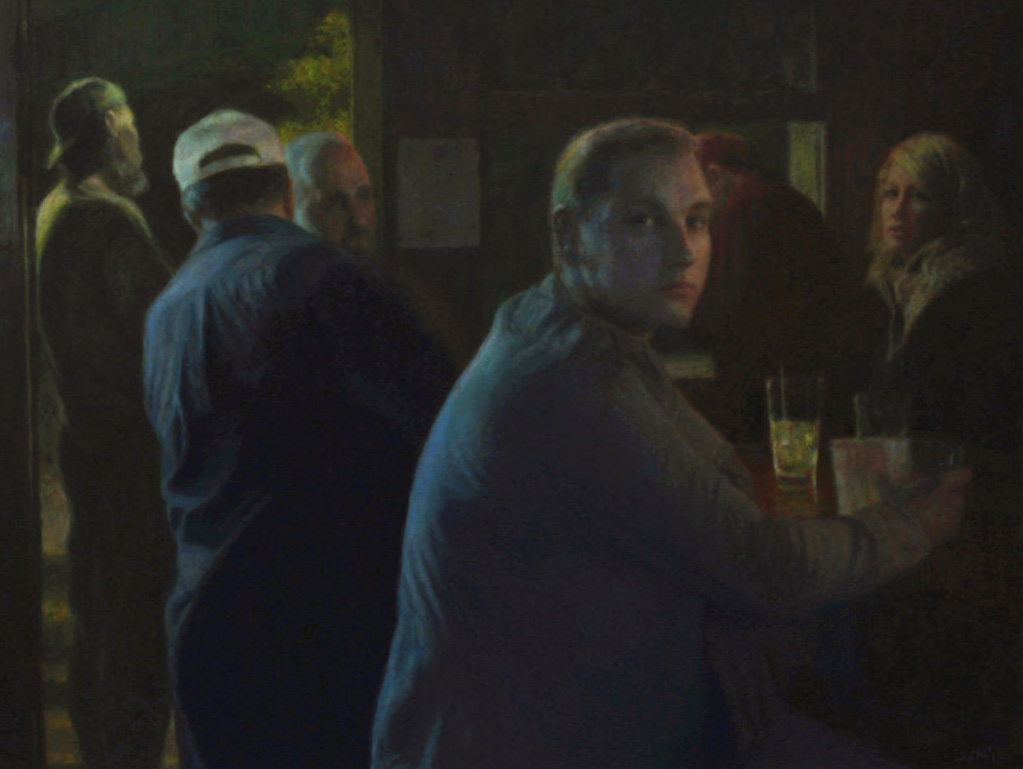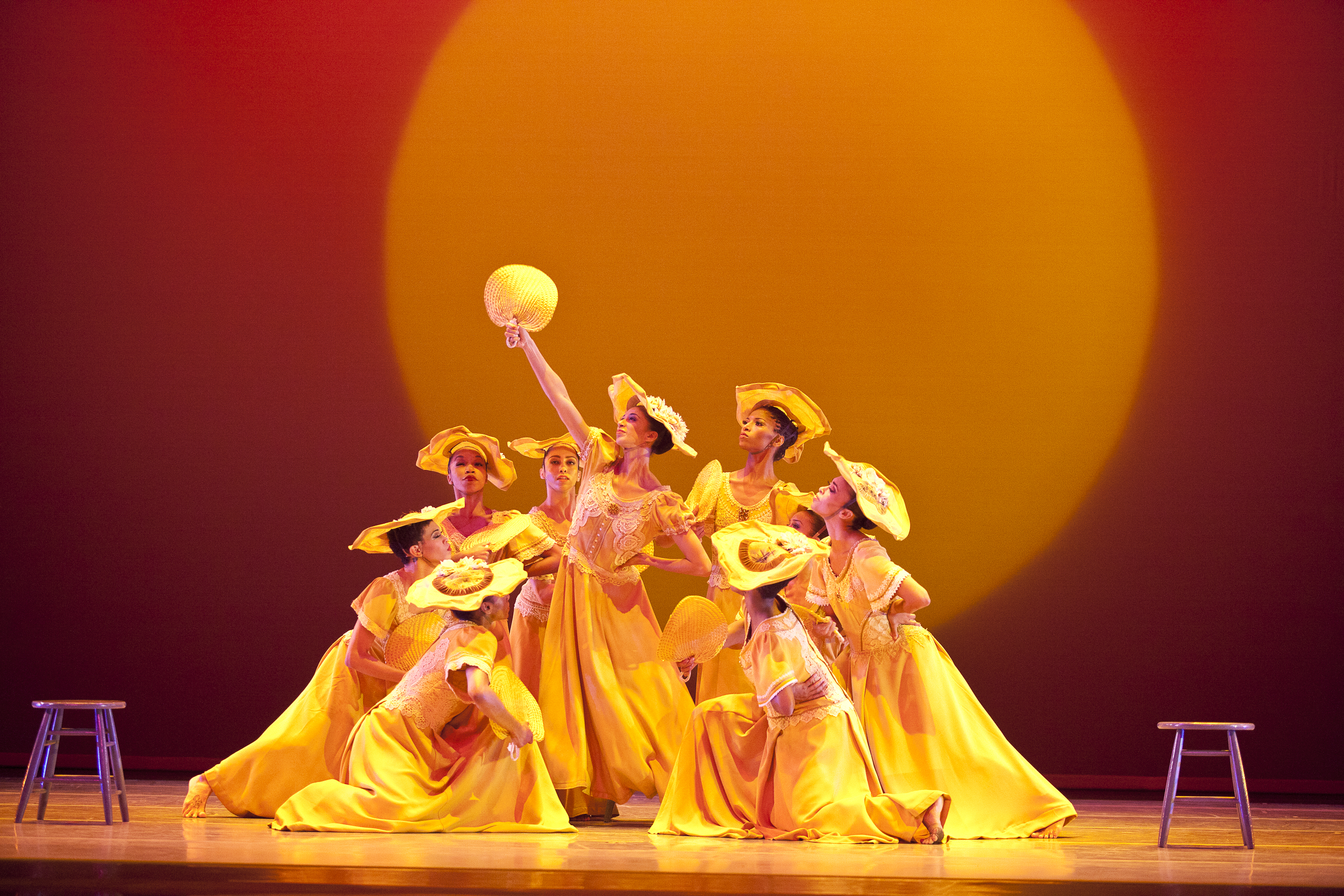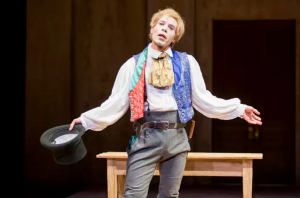by Jason Williams
This article was first published in The Northwest Current.
The traveling Harlem Fine Arts Show will stop in D.C. from Thursday through Sunday to showcase nearly 80 artists’ galleries over a four-day event. Launched in 2009, the Harlem Fine Arts Show aims to inspire, display and honor the art of the African diaspora. The exhibit space at 101 Constitution Avenue NW will house much more than just an art show, with a full slate of artist talks, lectures and special programming focused on youth engagement.
On Thursday, the Howard University Alumni Club of Greater Washington, DC, will co-host an opening night gala. The attire for the evening is business chic. In addition to a live jazz band, special tributes will honor several prominent African-Americans in the field of medicine.
On Friday, from 9 a.m. to 1 p.m., youth empowerment programs will be open to local students for a discounted rate. The show will be open Saturday from 10 a.m. to 10 p.m. and on Sunday from 10 a.m. to 6 p.m. Both days will offer a variety of artist presentations as well as the opportunity to purchase amazing works of art that are coming from as far as South Africa.
One of the most remarkable aspects of the Harlem Fine Arts Show is how the traveling production seamlessly integrates local artists at each stop, providing them with an incredible platform. One of the local artists featured in D.C. is visual artist Nicole Banks, known professionally as Nikki Lavi. A second-generation artist, she taught herself to draw and paint after being introduced to the medium by her father.
Although Lavi is now a full-time artist, it was a lack of fulfillment at her previous job that inspired the first piece in her “CandyGirl” series, titled “$ucka.” The “CandyGirl” series — which has been translated to prints and even cellphone covers — displays vivid color and detail and is both sensual and thought-provoking. Her works include pop culture fan art, murals of her favorite artist and quick pieces done in her preferred acrylic paints.
Lavi will display her seven-piece “Sun Benefits and Moon Offering” collection at the Harlem Fine Arts Show. More subdued in tone than many of her creations, what is striking about these works is the level of intricacies that the artist weaves into each piece. Many of the figures display beautifully renderings of dreadlocked and natural hair; then there are delicate, easily discernible patterns on the sun and moon.
“It is truly an honor,” she said of being included in the Harlem show. “To be in the same space with art lovers, amazing artists that I have heard of and those I haven’t, is a blessing.”
Make sure to look for some of the other local artists selected for the show, particularly Batimore’s Larry Poncho Brown, who has developed a line of clothing that features his artwork; Dr. Yemonja Smalls, who is not only a dazzling painter but has created her own children’s book; and Tiffani Sahara, a talented painter who created tremendous drama in her faceless murals.
Tickets are available at hfas.org, with options for single-day passes and weekend packages as well as discounts available to seniors and students. If you have an interest in the African diaspora or just great art, the Harlem Fine Arts Show is a worthwhile addition to your to-do list this weekend.








